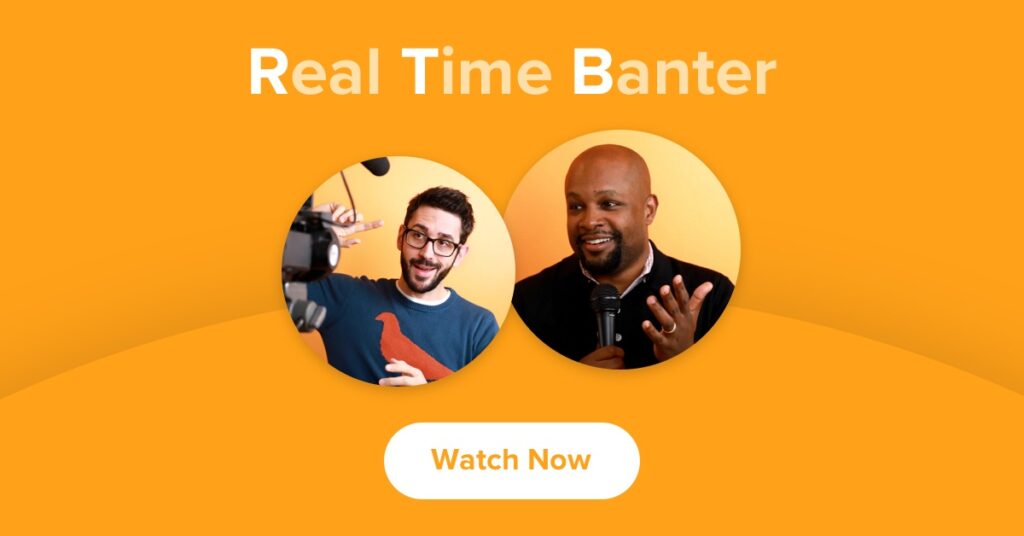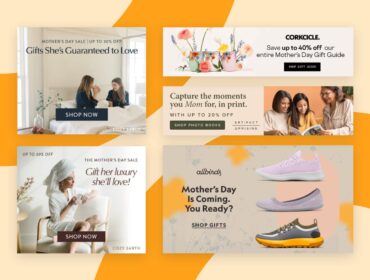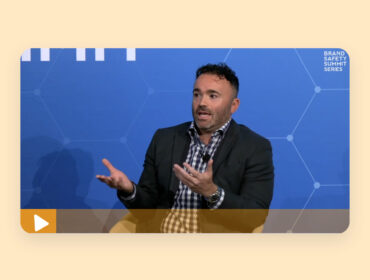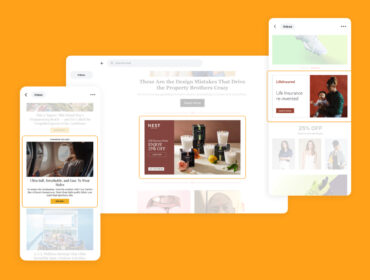“Err on the side of human”: How advertisers practice caution during COVID-19
There’s no guidebook for how advertisers should proceed during this time. No one can look back and say, “Remember how we pivoted our email newsletter and social media strategy during the Spanish Flu? Let’s just do that.”
So we look to each other, our consumers, and market behaviors to make the most informed decisions possible, even without quite knowing what comes next.
In a recent Real Time Banter webinar, we spoke with Abigail Mallick, online marketing manager at Penguin Random House, and Mike Schanbacher, head of growth at Hawthorne, to hear about how they’re shifting strategies in response to the pandemic.
Here are their insights.
Err on the side of human
It’s okay if you don’t have the stats to back up each marketing decision and campaign strategy. In times of uncertainty, allow yourself to use your intuition and avoid forcing an approach if it doesn’t feel right.
As Mallick says, “Err on the side of human. Be comfortable being uncomfortable. Be comfortable looking objectively at what you’re working on and being able to walk away if it’s not fitting this moment, even if it was appropriate a week ago.”
Admit you don’t have all the answers
Since Hawthorne sells soaps and body washes, the brand can naturally integrate itself into the conversation around COVID-19 prevention and hygiene. Still, Schanbacher knows it’s crucial that they remain sensitive and unassuming with their ads.
“We’ve made a point not to communicate that we’re providing an answer to COVID-19,” he says. “Just that we can provide answers to some problems that have arisen for that.”
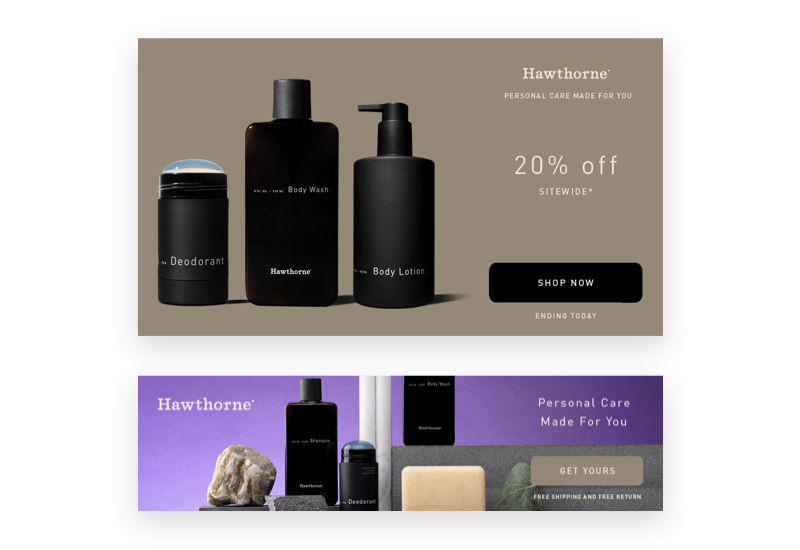
Soften messaging to be helpful
At Penguin Random House, Mallick and her teams are boosting helpful content and avoiding the hard-sell. For example, they might shift messaging from “Buy this book now” to “The wellness benefits of reading,” accounting for people’s financial situations and wellbeing during this time.
They’re also working with influencers to build more authentic connections with their audiences.
“Right now, everyone’s isolated and looking for that personal connection,” Mallick says. “[They can go] onto Instagram and see an influencer talk about a book that’s helping them escape.”
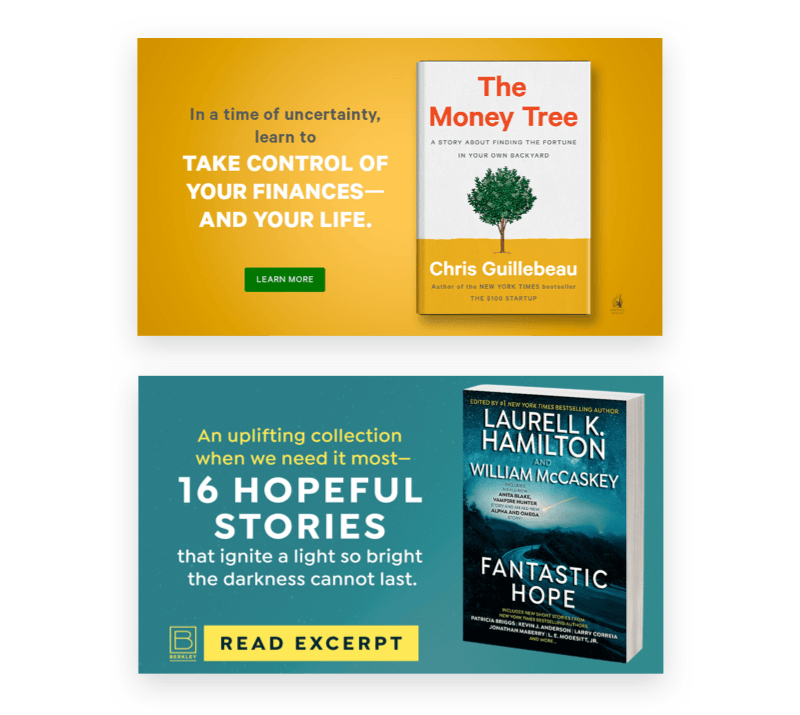
Lean into email
Hawthorne has become more content-focused in its email newsletters, highlighting specific team members and how they’re dealing with social distancing. Penguin Random House is also using personalization to send emails to consumers who can’t go into brick-and-mortar stores but might be up for book deliveries.
In fact, this is a prime time for advertisers to be bolstering their subscriber lists and running email acquisition campaigns. As we’ve found, people have been more willing to subscribe to and engage with emails since they’ve started self-isolating. They’re hungry for information, and, even if they’re not ready to make a purchase, they can sign up to learn more and stay connected with their favorite brands and publishers.
Even after this crisis is over, advertisers can use that valuable piece of customer data – the email address – to reach audiences with personalized content and drive conversions right from their inboxes.
